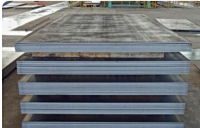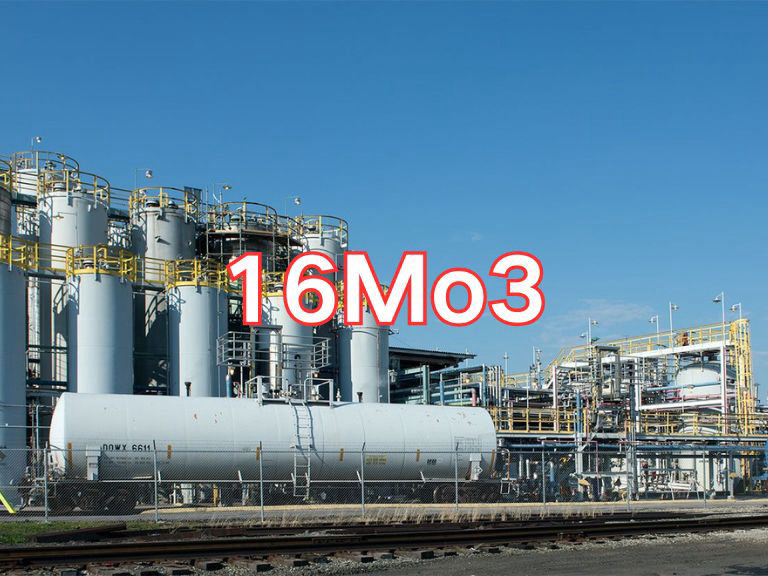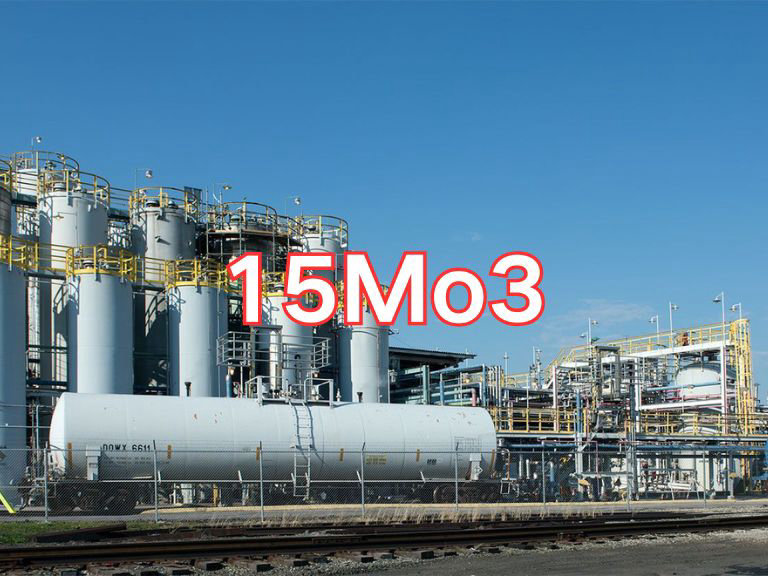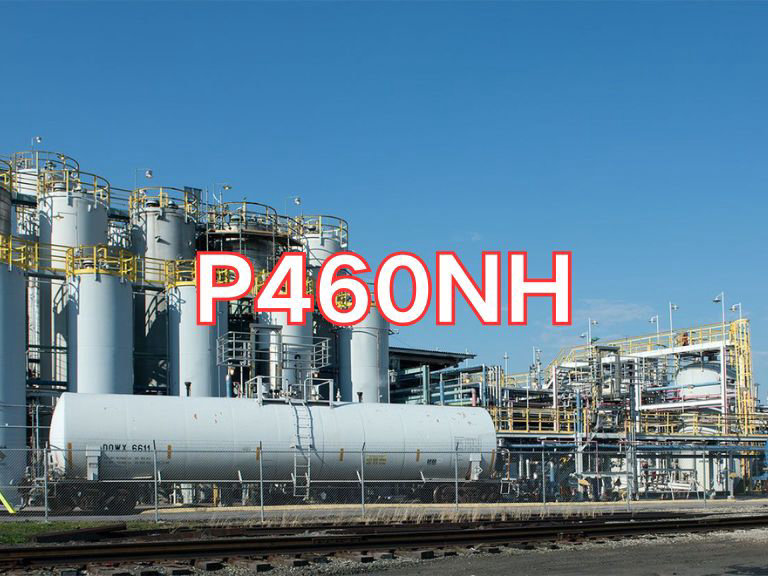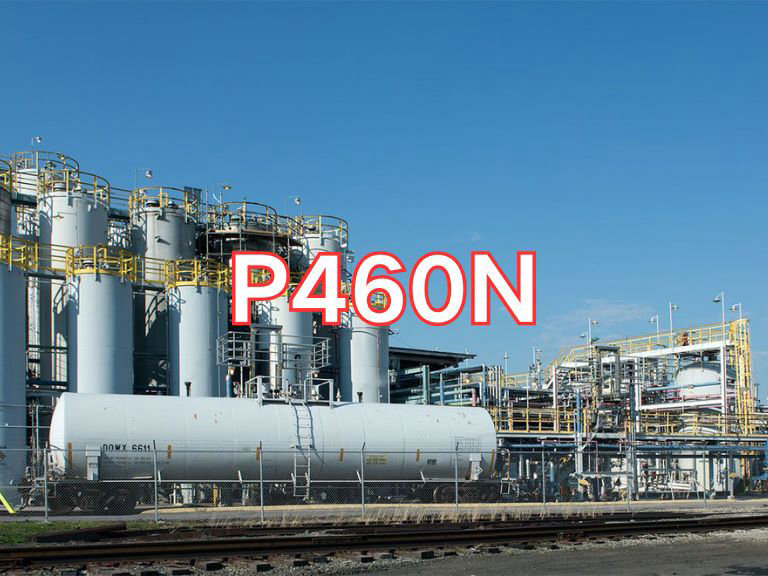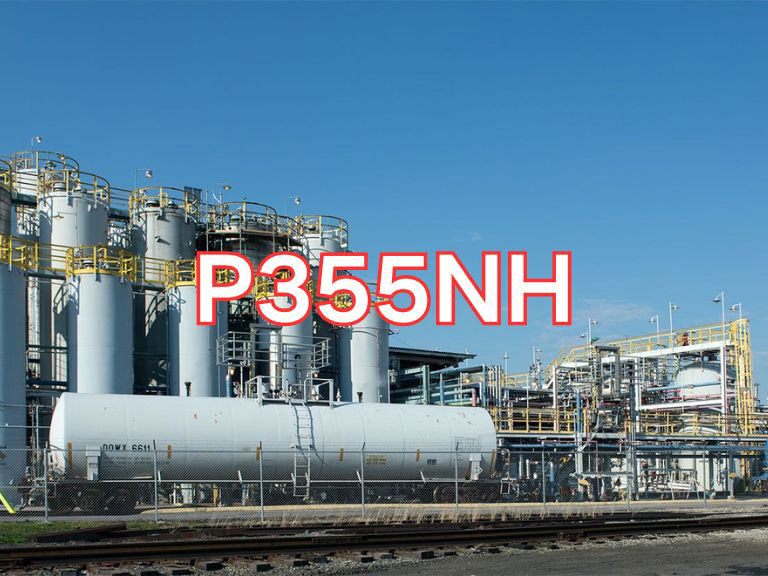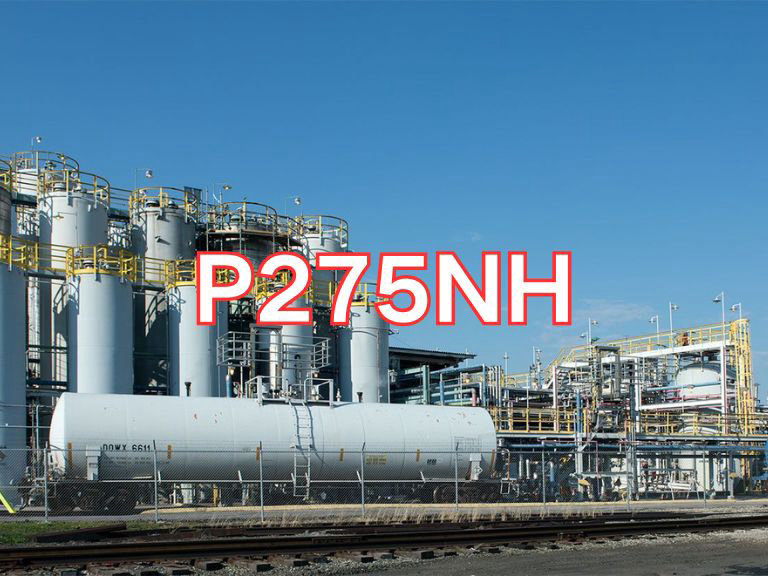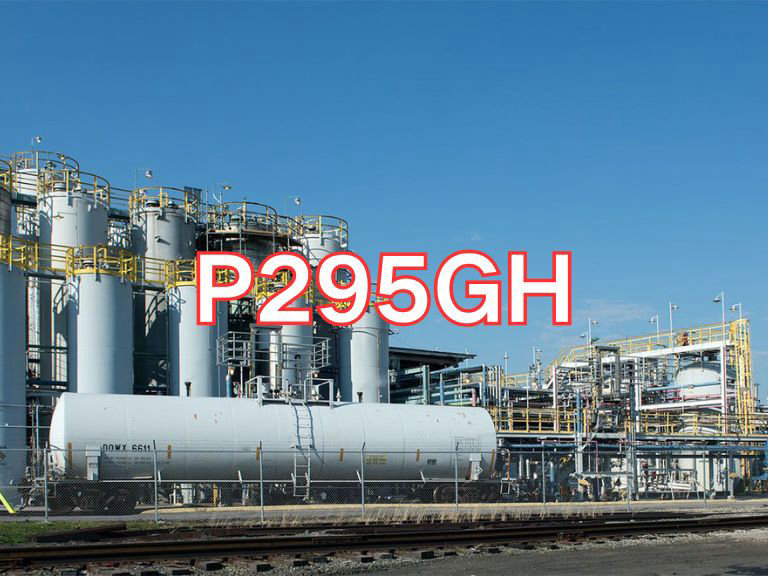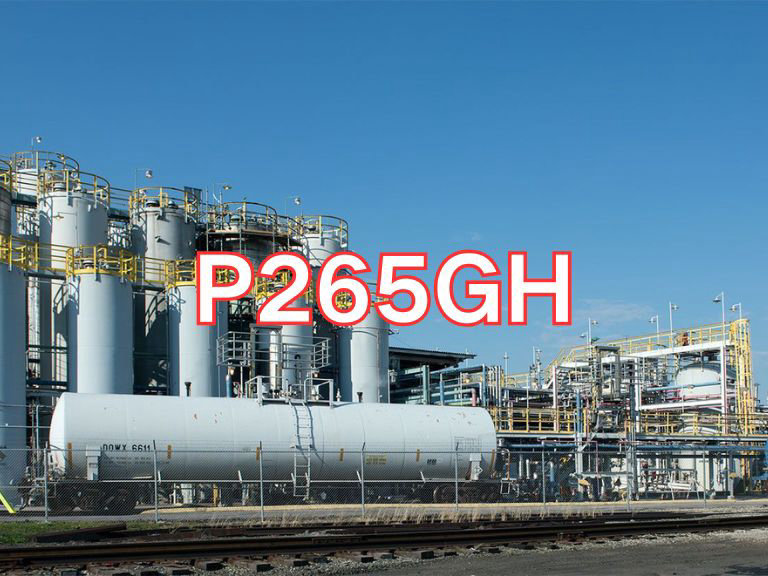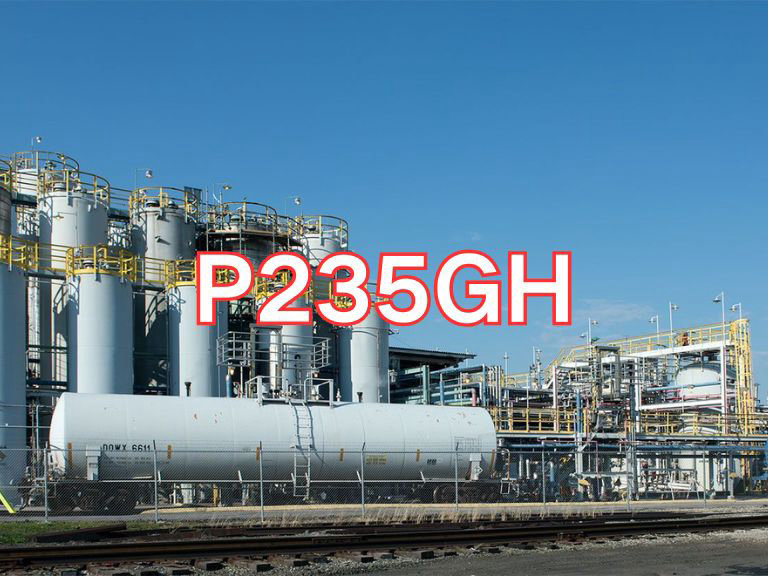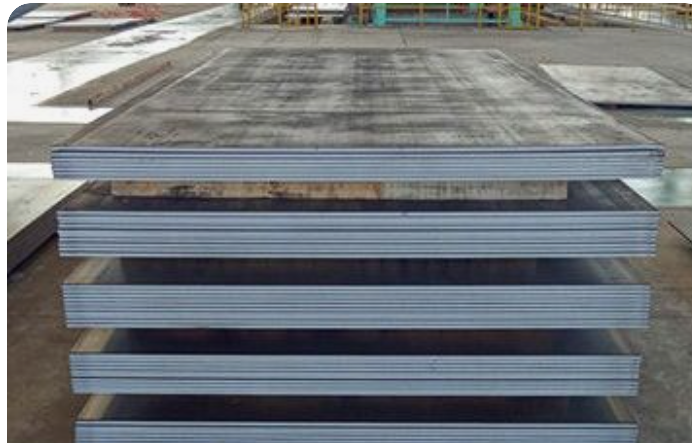

SPV355
1. Brief Introduction
SPV355 is a high-strength steel for pressure vessels specified in the Japanese Industrial Standard JIS G 3115 "Steel Plates for Pressure Vessels." It offers a good combination of mechanical properties, excellent weldability, and formability, with reliability ensured through strict chemical composition control and heat treatment. This steel plate is widely used in the manufacture of medium-low pressure vessels, storage tanks, and other critical pressure equipment.
2. Grade Designation Explanation
- SPV: Stands for Steel for Pressure Vessels.
- 355: Represents the minimum tensile strength (in MPa) of the steel plate (i.e., 355 MPa or higher).
3. Physical Properties
The typical physical properties of SPV355 at room temperature are similar to other low-carbon low-alloy steels:
- Density: Approx. 7.85 g/cm³
- Elastic Modulus: Approx. 200-210 GPa
- Poisson's Ratio: Approx. 0.27-0.30
- Thermal Conductivity: Approx. 50.0 W/(m·K) (at 100°C)
- Coefficient of Thermal Expansion: Approx. 11.5 × 10⁻⁶ /K (between 20-100°C)
Its mechanical properties (such as yield strength, elongation) must meet the requirements of JIS G 3115 for different thickness specifications.
4. Chemical Composition (Ladle Analysis, %)
The chemical composition of SPV355 is designed to ensure strength while providing excellent weldability and toughness. Its typical composition range as per the standard is:
- C (Carbon): ≤ 0.2
- Si (Silicon): ≤ 0.15 - 0.55
- Mn (Manganese): 0.90 - 1.60
- P (Phosphorus): ≤ 0.03
- S (Sulfur): ≤ 0.03
Features: Low carbon content effectively reduces the carbon equivalent (CET), significantly improving weldability; manganese provides solid solution strengthening; elements like phosphorus and sulfur are controlled to ensure steel purity and toughness.
5. Application Fields
SPV355 is primarily used for manufacturing welded pressure vessels and other pressure equipment, widely applied in the following fields:
- Petrochemical Industry: Reactors, heat exchangers, separators, towers, spherical tanks.
- Gas Storage & Transportation: Liquefied petroleum gas (LPG) storage tanks, auxiliary equipment for liquefied natural gas (LNG), various gas storage tanks.
- Energy & Power: Boiler drums, pressure water pipes, auxiliary equipment in nuclear power plants.
- Others: Building structures (when high weldability is required), water treatment pressure vessels, etc.
6. Testing and Production Methods
Production Method: Produced by basic oxygen or electric arc furnace smelting, usually followed by secondary refining (e.g., LF furnace) to ensure composition uniformity and purity. It must undergo normalizing heat treatment after rolling to refine the grain structure and improve mechanical properties and microstructural homogeneity.
Testing and Inspection: Various tests must be conducted according to the JIS standard before delivery, mainly including:
- Mechanical Property Tests: Tensile test (measuring yield strength, tensile strength, elongation), impact test (typically Charpy V-notch test to verify toughness at room temperature or a specified temperature).
- Bend Test: To check the formability of the steel plate.
- Non-Destructive Testing (NDT): Ultrasonic testing can be performed as per customer requirements.
7. Corresponding/Similar Grades in International Standards
SPV355 is a classic grade in the Japanese JIS standard and is largely equivalent or similar to pressure vessel steel grades commonly used worldwide.
Chinese Standard (GB): Q345R (GB 713). This is the most common and primary grade for Chinese pressure vessel plates. Its mechanical properties and chemical composition are highly similar to SPV355, and they are often interchangeable.
American Standard (ASTM/ASME): SA-516 Gr. 60 or SA-516 Gr. 65. The tensile strength of SA-516 Gr. 60 (415 MPa) is slightly higher than that of SPV355 (355 MPa), while SA-516 Gr. 65 (450 MPa) is higher still. The specific choice depends on design pressure and requirements.
European Standard (EN): P355GH (EN 10028-2). This is a European standard steel for pressure vessels. Its "355" also denotes the minimum tensile strength, making it a direct counterpart to SPV355.

Ultrasonic Testing (UT)
A key non-destructive testing technique that uses high-frequency sound waves to detect internal flaws in steel plates. The probe emits sound waves, which reflect when encountering defects such as cracks or inclusions. The receiver captures the echoes, enabling precise determination of defect location and size. With high sensitivity, strong penetration, and fast inspection speed, UT effectively ensures internal quality, widely used in the production of heavy plates, pressure vessel plates, and other high-end products to guarantee safety and reliability.

Magnetic Particle Testing (MT)
A common surface inspection method that magnetizes the workpiece, causing leakage magnetic fields at surface or near-surface defects like cracks or inclusions, which attract magnetic particles to form visible indications. Simple to operate and highly sensitive, MT is suitable for rapid inspection of surface and near-surface flaws in ferromagnetic materials, widely used for online or offline inspection of plate edges, ends, and welds, ensuring product quality and safety.

Penetrant Testing (PT)
A non-destructive method for detecting surface-breaking flaws. A penetrant liquid is applied to the cleaned steel surface, allowing it to seep into defects such as cracks or pores. After removing excess penetrant, a developer is applied, causing the trapped penetrant to bleed out and form visible indications. Simple and cost-effective, PT is suitable for inspecting surface defects in various non-porous materials, commonly used for welds, castings, and complex components, effectively ensuring surface quality of steel plates.

